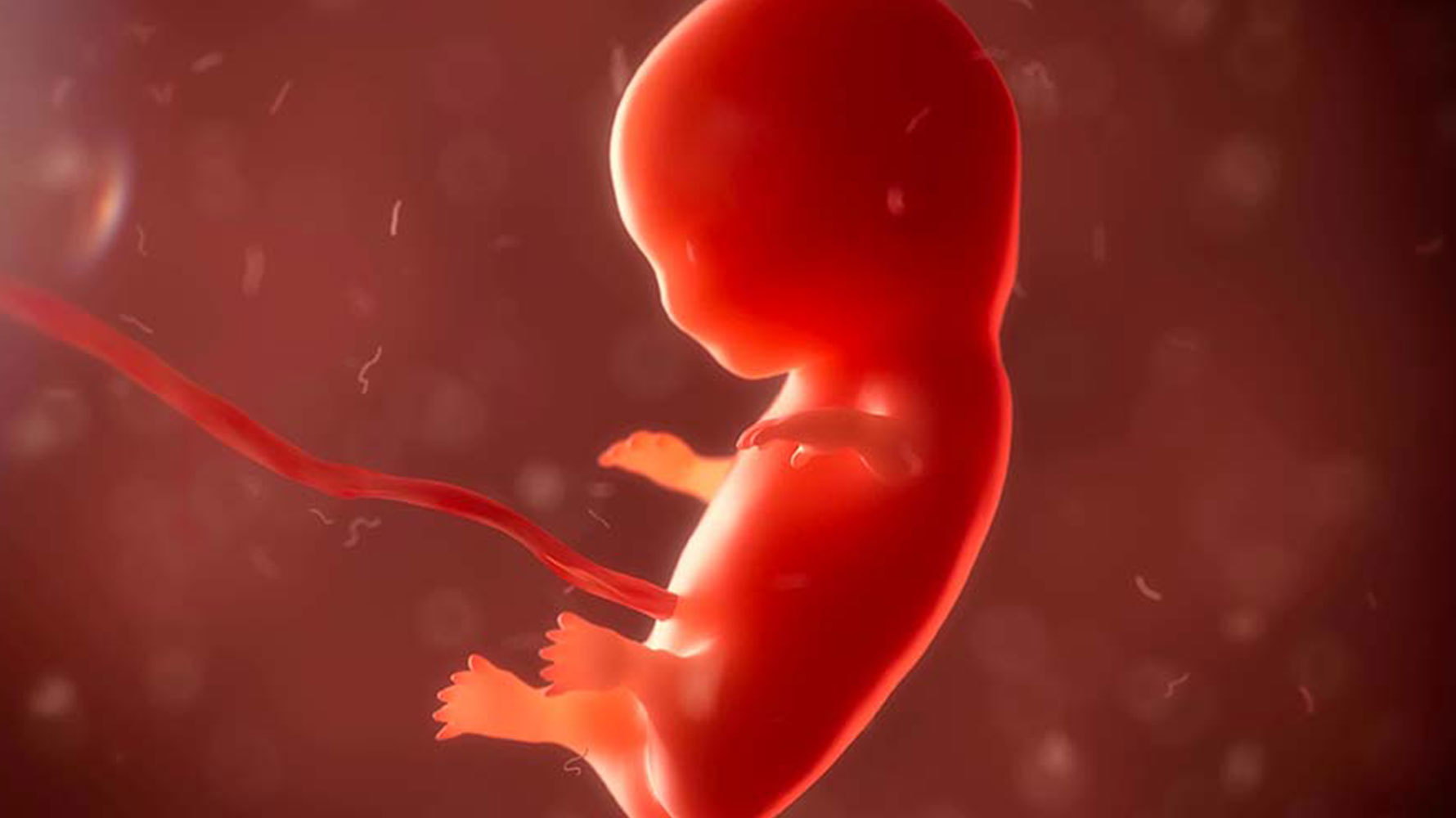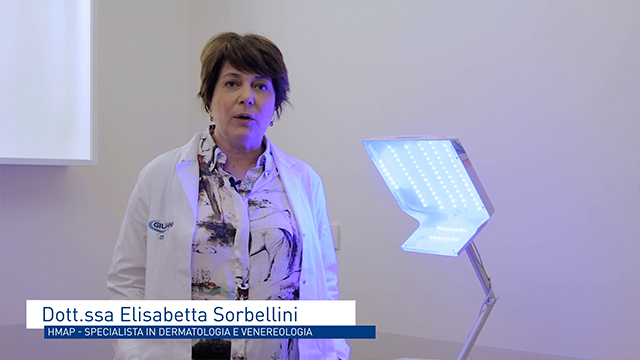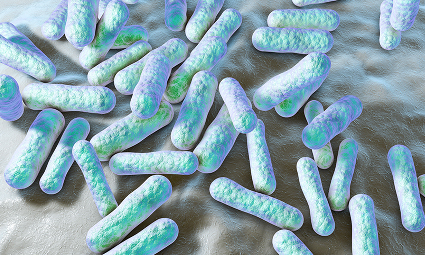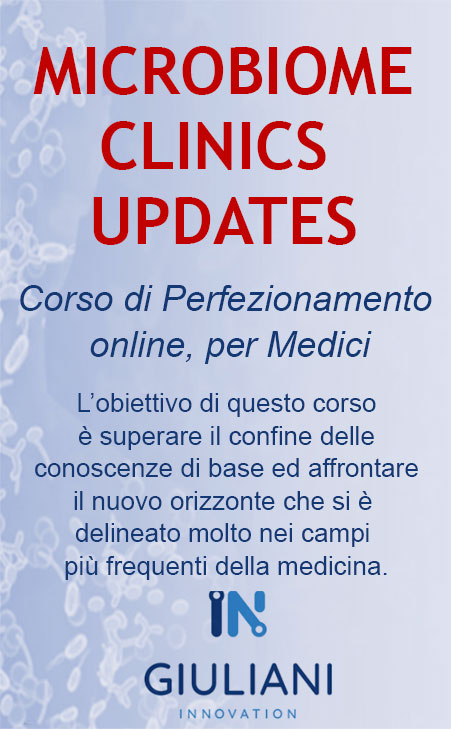Where does our microbiota come from? Pregnancy and childbirth

In adults, microbiome is characterized by a synergic action between early microorganism colonization, genetic background, gut development, diet and environmental factors. A non-healthy microbiome could bring to long-term effect both childhood and adulthood. Recent studies seem to reveal microbiome presence in placenta and fetal meconium, suggesting that colonization process begins before the birth. It has been found specific microorganism species in umbilical cord blood, amniotic fluid and meconium respectively, suggesting a possible early gut colonization stage before the birth already in the intrauterine phase.
The fetus would be colonized by maternal gut microorganism along the placenta and amniotic fluid by an increased mother intestinal permeability. This bring to a microorganism migration into infant gut. A study based on animal model suggested that during the pregnancy, maternal microbiome affects immune system of the fetus: in fact, puppils born from microbial colonized mothers during the pregnancy period, could be able to prevent inflammatory responses against microbial substances and gut microorganisms’ infiltration.
However, the first large bacterial colonization occurs through birth canal. Naturally birth newborn’s microbiota arises from vaginal and fecal mother microbiota, and oral, skin microbiota of people that come in close contact with the infant (mother, father, midwife, relatives). The infant microbiota composition could be altered by the type of childbirth. Since the 1970s it has been shown that the nasopharynx of the majority of naturally birth newborns, immediately after birth, contains bacterial species similar to the maternal vagina, and infants, after of 5-10 minutes from delivery, present a gastric microbiota similar to maternal cervical microflora. It has discovered that immediately after natural deliver, there are isolated the same E. coli serotypes both from maternal faces and newborns mouth.
It’s important to say that the vaginal microbiota not colonize gut of the newborns, but this process is due to maternal gastrointestinal one. Aerobic microbes that colonize the gut by oxygen wearing out and pH reducing, allow anaerobic microbe colonization (Bifidobacteria, Lactobacilli, Bacgteroides). Caesarean section is a fairly widespread medical procedure: in fact, in Italy born 200.000 infant with this procedure. These newborns are not colonized by maternal microorganisms but rather by hospital microbes, in addition antibiotics administered to the mother in prophylaxis before cesarean section further compromise the acquisition of a normal gut microbiota. Thus, while children born from natural childbirth are predominantly colonized by vaginal microbes (Lactobacillus sp. And Prevotella sp.), those born by cesarean section are mainly colonized by skin microbes (Clostridium, Staphylococcus, Propionibacterium and Corynebacterium) and such differences in the gut microbial colonization among these children may persist even after 7 years.
Even neonatal isolation, which often follows cesarean delivery, can lead to a different microbiota composition in the infant. While we have seen that mothers and children born with natural childbirth share identical strains of E. coli, in a study, when the first maternal-infant contact after childbirth was postponed from 8 to 72 hours, only 14% of children shared strains of E. coli or other Enterobacteriaceae with their mothers.
References
- Aagaard K, et Al. The placenta harbors a unique microbiome. Sci Transl Med (2014)
- Mercedes Gomez de Agüero The maternal microbiota drives early postnatal innate immune development Science 18 Mar 2016
- MacGregor RR, et al. The incidence of pathogenic organisms in the normal flora of the neonate's external ear and nasopharynx. Clin Pediatr (Phila) 1973
- Brook I, et al. Aerobic and anaerobic bacterial flora of the maternal cervix and newborn gastric fluid and conjunctiva: a prospective study. Pediatrics 1979
- Bettelheim KA, et al. The origin of O serotypes of Escherichia coli in babies after normal delivery. J Hyg (Lond) 1974
- Miniello VL. Relazione 16° SIAIP 2014
- Salminen S, et Al. Influence of mode of delivery on microbiota composition in seven year old children. Gut (2004)




